- Jul 2, 2018
- 2,800
 |
Headquarters |
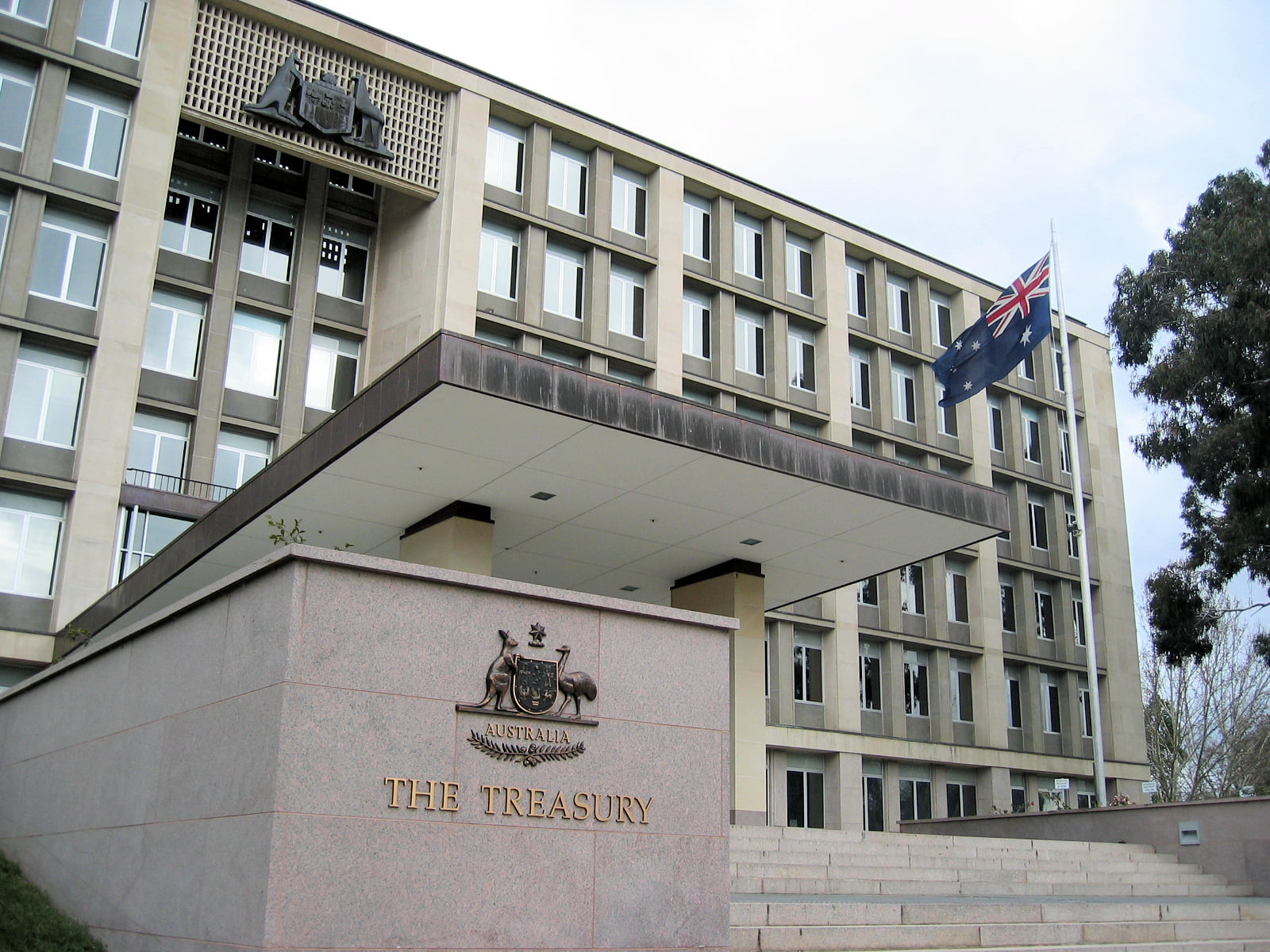 |
Treasury Building, Parkes, Australian Capital Territory |
Ministers |
| Office: | Officeholder: | Image: |
|---|---|---|
| Treasurer | The Honourable Wayne Swan, MP | |
| Assistant Treasurer Minister for Financial Services | The Honourable Anthony Byrne, MP | |
| Minister for Small Business and Consumer Affairs | The Honourable Joel Fitzgibbon, MP | |
| Parliamentary Secretary to the Treasurer | Senator Kerry O'Brien |
...
...
...
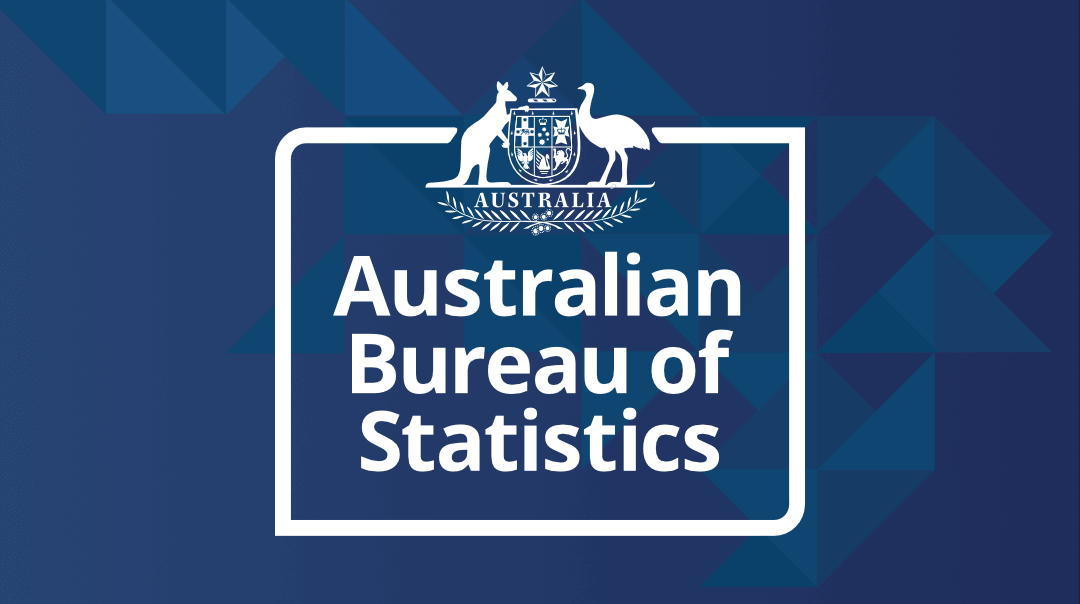 |
Overview |
| The Australian Bureau of Statistics (ABS) is an Australian Government agency that collects and analyses statistics on economic, population, environmental, and social issues to advise the Australian Government. The bureau's function originated in the Commonwealth Bureau of Census and Statistics, established in 1905, four years after Federation of Australia; it took on its present name in 1975. The Australian Bureau of Statistics Act 1975 established the ABS as a statutory authority headed by the Australian Statistician, who reports to the Treasurer. Once every 5 years, the ABS conducts the Australian Census of Population and Housing as stipulated under federal law in the Constitution of Australia. The census aims to accurately measure the population, number of dwellings in Australia, and a range of their key characteristics. Census data is used for defining electoral boundaries, planning infrastructure, establishing community services, and formulating public policy. The ABS publishes monthly and quarterly economic information spanning interest rates, property prices, employment, the value of the Australian dollar, and commodity prices. Publications include things such as: the Key Economic Indicators, Consumer Price Index, Australian National Accounts, Average Weekly Earnings, and Labour Force. Outside the main economic indicators, the ABS has several other major publications covering topics including:
|
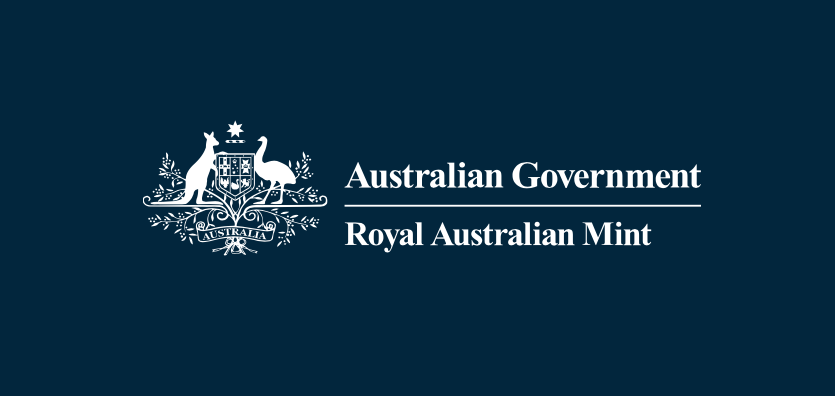 |
Location |
 |
Royal Australian Mint, Deakin, Australian Capital Territory |
Overview |
| The Royal Australian Mint is the sole producer of all of Australia's circulating coins and is a Commonwealth Government entity operating within the portfolio of the Treasury. The Mint is situated in the Australian federal capital city of Canberra, in Denison St, in the suburb of Deakin. The Mint was opened in 1965 by Prince Philip, Duke of Edinburgh. The mint consists of two buildings, an administration building, and a process building. The administration building houses the engravers, a laboratory, and a vibration-free basement where coinage is measured to ensure correct size and weight. The mint serves primarily to manufacture Australia's legal tender precious metal coins. Notes are produced by Note Printing Australia (Reserve Bank of Australia) in Melbourne. The mint also produces medals for military and civilian honours, most notably the Order of Australia. The mint produces medals for olympics held in Australia. The Royal Australian Mint also produces tokens made for commercial organisations such as casinos, car washes etc. Since its opening, the mint has produced over fifteen billion coins and has the capacity to produce two million coins per day. Coins are also struck for several South Pacific nations, including Papua New Guinea, Tonga, Samoa, the Cook Islands and Fiji. |
Australian Coins |
| Reverse Image: | Value: | Weight: | Composition: | Obverse: | Reverse: |
|---|---|---|---|---|---|
 | 1c | 2.60g | 97% copper 2.5% zinc 0.5% tin | Queen Elizabeth II | Feathertail glider |
 | 2c | 5.20g | 97% copper 2.5% zinc 0.5% tin | Queen Elizabeth II | Frill-necked lizard |
 | 5c | 2.83g | 75% copper 25% nickel | Queen Elizabeth II | Echidna |
 | 10c | 5.65g | 75% copper 25% nickel | Queen Elizabeth II | Superb lyrebird |
 | 20c | 11.3g | 75% copper 25% nickel | Queen Elizabeth II | Platypus |
 | 50c | 15.55g | 75% copper 25% nickel | Queen Elizabeth II | Coat of arms |
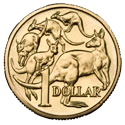 | $1 | 9.00g | 92% copper 6% aluminium 2% nickel | Queen Elizabeth II | Five Kangaroos |
 | $2 | 6.60g | 92% copper 6% aluminium 2% nickel | Queen Elizabeth II | Aboriginal elder and Southern Cross |
 |
Overview |
The Australian Securities and Investments Commission (ASIC) is an independent commission of the Australian Government tasked as the national corporate regulator. ASIC's role is to regulate company and financial services and enforce laws to protect Australian consumers, investors and creditors. ASIC was established on 1 July 1998 following recommendations from the Wallis Inquiry. ASIC's authority and scope are determined by the Australian Securities and Investments Commission Act 2001. ASIC, which reports to the Treasurer, is responsible for the administering the following legislation:
|
Foreign Companies Operating in Australia |
| Name: | Country of Origin: | ID Number: | Type of Company/Organisation: | Date Registered: | Location of Registered Office: | Any Licenses/Registrations: | Key Historical Information: |
|---|---|---|---|---|---|---|---|
 |
Overview |
| The Australian Prudential Regulation Authority (APRA) is a statutory authority of the Australian Government and the prudential regulator of the Australian financial services industry. APRA was established on 1 July 1998 in response to the recommendations of the Wallis Inquiry. APRA's authority and scope is determined pursuant to the Australian Prudential Regulation Authority Act, 1998. It oversees banks, credit unions, building societies, friendly societies, general insurance, health insurance, reinsurance, and life insurance companies, and most members of the superannuation industry. It ensures that these institutions keep their financial promises; that is, that they will remain financially sound and able to meet their obligations to depositors, fund members and policy holders. APRA currently supervises institutions holding A$8.6 trillion in assets for Australian depositors, policyholders and superannuation fund members. APRA is largely funded by levies on the financial institutions that it supervises. All financial institutions regulated by APRA are required to report on a periodic basis to APRA. Financial institutions in Australia are only permitted to accept deposits from the public if they are authorised deposit-taking institutions (ADIs). The ADI’s authority is granted by the Australian Prudential Regulation Authority (APRA) under the Banking Act 1959. Certain financial intermediaries, such as investment banks (which do not otherwise operate as ADIs) are neither licensed nor regulated under the Banking Act and are not subject to the prudential supervision of APRA. They may be required to obtain licences under the Corporations Act 2001 or other Commonwealth or state legislation, depending on the nature of their business activities in Australia. |
Foreign ADIs Operating in Australia |
| Name: | Country of Origin: | ID Number: | Type of ADI: | Date Registered: | Location of Registered Office: | Key Historical Information: |
|---|---|---|---|---|---|---|
 |
Overview |
| The Australian Competition and Consumer Commission (ACCC) is the chief competition regulator of the Government of Australia, located within the Department of the Treasury. It was established in 1995 with the amalgamation of the Australian Trade Practices Commission and the Prices Surveillance Authority. The ACCC's mandate is to protect consumer rights and business rights and obligations, to perform industry regulation and price monitoring, and to prevent illegal anti-competitive behaviour. The ACCC administers the Competition and Consumer Act, and has standing to take action in the Federal Court of Australia to enforce its provision. The Competition and Consumer Act is a broad range of provisions, such as provisions on anti-competitive conduct, the Australian Consumer Law and regulation of telecommunications and energy industries. The ACCC, under the Act, also regulates certain industries by providing access to national infrastructure. The ACCC also has an educative role and seeks to educate both consumers and businesses as to their rights and responsibilities under the act. The Australian Energy Regulator is a constituent but separate part of the ACCC and is responsible for economic energy regulation. It shares staff and premises with the ACCC, but has a separate board, although at least one board member must also be a Commissioner at the ACCC. Companies that do not comply with the restrictive trade practices provisions of CCA may be fined by the Federal Court. There are three ways the maximum fine can be calculated. The maximum possible fine is the larger of A$10,000,000; or three times the value of the illegal benefit; or (if the value of the benefit cannot be ascertained) 10% of turnover for the preceding 12 months. Individuals may be fined up to $500,000 and certain offences under the Competition and Consumer Act (such as price fixing or participation in a cartel) have been criminalised with executives who engage in conduct which contravenes the relevant provisions liable for a custodial sentence of up to 10 years in prison. Companies that do not comply with the consumer protection provisions of CCA may be fined by the Federal Court, up to $1.1 million for companies and $220,000 for individuals. The ACCC maintains a listing of all Australian product recalls and the following organisations are commissioned to assist with the surveillance and monitoring of product safety in relevant areas.
|
Inquiries |
| Inquiry: | Terms: | Length: | Sector/Industry: |
|---|---|---|---|
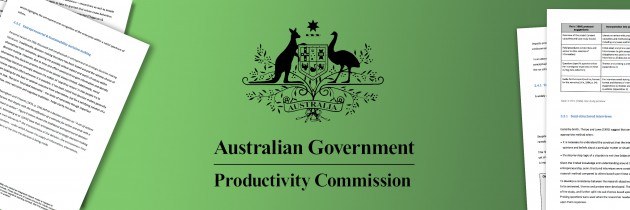 |
Overview |
| The Productivity Commission is the Australian Government's principal review and advisory body on microeconomic policy, regulation and a range of other social and environmental issues. The Productivity Commission was created as an independent authority by the Productivity Commission Act 1998, an Act of the Australian Parliament. Productivity Commission reports often form the basis of government policy. However, the Commission does not administer government programs or exercise executive power and governments are not required to act on its recommendations; although in practice, many recommendations are accepted. The Commission operates within the Treasury portfolio and its core function involves responding to references from the Treasurer, which can request a commissioned study or a public inquiry. References to the Commission stipulate the length and terms of the project and may cover any sector of the Australian economy; address a particular industry or cut across industry boundaries; and involve wider social or environmental issues. Most projects are specified for nine or twelve-month duration, although some may be six or fifteen months. Both studies and inquiries accept submissions from members of the public, although inquiries are additionally required (under the Act) to undertake formal public consultations. All reports are publicly released. In addition, the Commission acts as the secretariat to the intergovernmental Review of Government Service Provision, and produces annually the Report on Government Services, as well as regular reports that contribute to a better understanding of the effectiveness of government services provided to Aboriginal and Torres Strait Islander peoples. The Commission can undertake Commission-initiated research, and operates as the Australian Government's competitive neutrality complaints mechanism. |
Inquiries |
| Inquiry: | Terms: | Length: | Sector/Industry: |
|---|---|---|---|
Studies |
| Study: | Description: | Release Date: | Sector/Industry: |
|---|---|---|---|
 |
Overview |
| The Commonwealth Grants Commission is an Australian independent statutory body that advises the Australian Government on financial assistance to the states and territories of Australia under section 96 of the Australian Constitution. The commission operates under the Commonwealth Grants Commission Act 1973, and is responsible for measuring the relative fiscal capacity of each state and territory. The Commission recommends how the revenues raised from the goods and services tax (GST) should be distributed to each state and territory to achieve horizontal fiscal equalisation, a central feature of the Australian federation. |
Distribution of Funds 2004-05 |
| State/Territory: | Amount: | Population Share: | Share of GST: |
|---|---|---|---|
| New South Wales | $0 | 31.2% | 0% |
| Victoria | $0 | 25.7% | 0% |
| Queensland | $0 | 20.5% | 0% |
| Western Australia | $0 | 10.8% | 0% |
| South Australia | $0 | 6.9% | 0% |
| Tasmania | $0 | 2.1% | 0% |
| Australian Capital Territory | $0 | 1.8% | 0% |
| Northern Territory | $0 | 0.9% | 0% |
 |
Overview |
| The Australian Office of Financial Management (AOFM) is a part of the Department of the Treasury. It manages the Australian Government's debt portfolio. Its reports on debt management directed at ensuring that the Commonwealth debt portfolio is managed at least cost, subject to the Government's policies and risk references. |
| Debt: | Amount: | Interest Payable (per annum): | Value of Securities Issued: |
|---|---|---|---|
| Debt to World Bank: | $0 | 0% | |
| Debt to Foreign Governments/Central Banks: | $0 | 0% | |
| Debt to Private Companies: | $0 | 0% |
Australian Government Securities |
Australian Government Securities (AGS) are issued by the Commonwealth of Australia through the AOFM. The AOFM issues three types of securities:
Treasury Bonds are medium to long-term debt securities that carry an annual rate of interest fixed over the life of the security, payable semi-annually. Treasury Indexed Bonds are medium to long-term securities for which the capital value of the security is adjusted for movements in the Consumer Price Index (CPI). Interest is paid quarterly, at a fixed rate, on the adjusted capital value. At maturity, investors receive the adjusted capital value of the security – the value adjusted for movement in the CPI over the life of the bond. Treasury Notes are a short-term discount security redeemable at face value on maturity. Terms are less than twelve months. Treasury Notes are issued to assist with the Australian government’s short-term funding requirements. |
Last edited:


